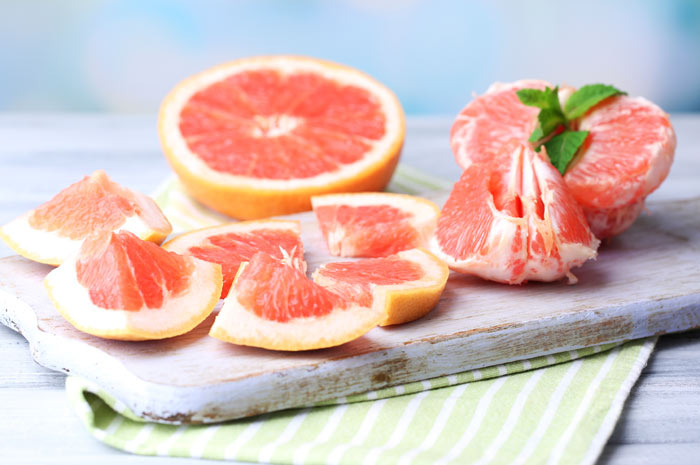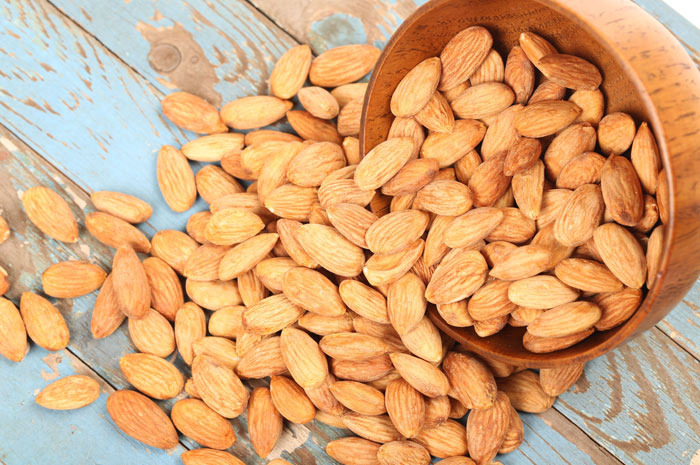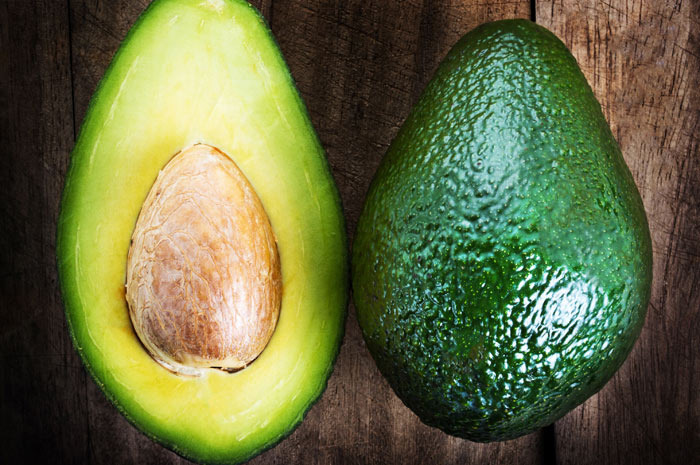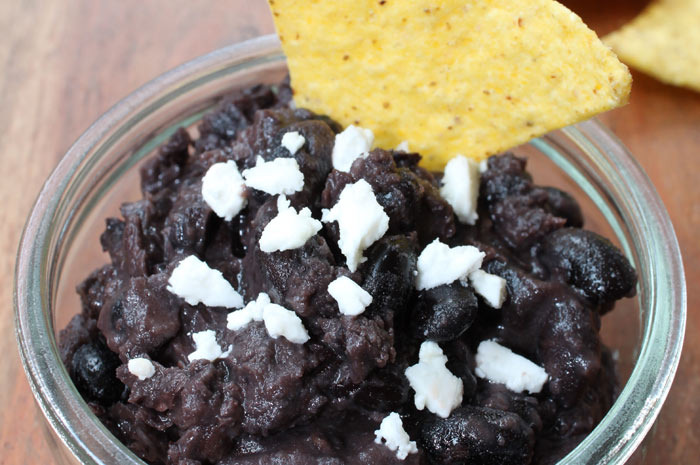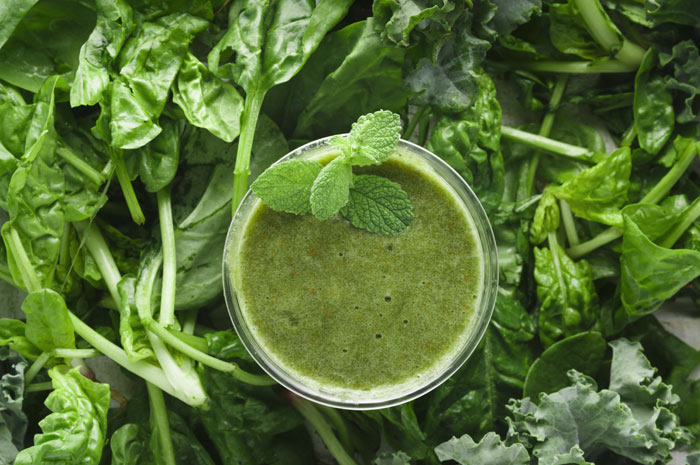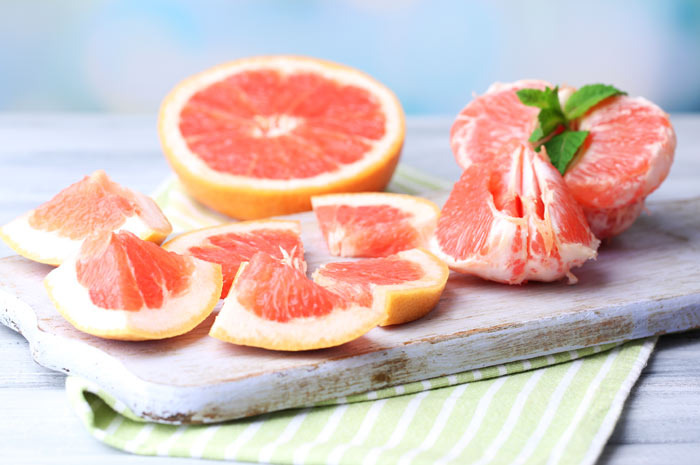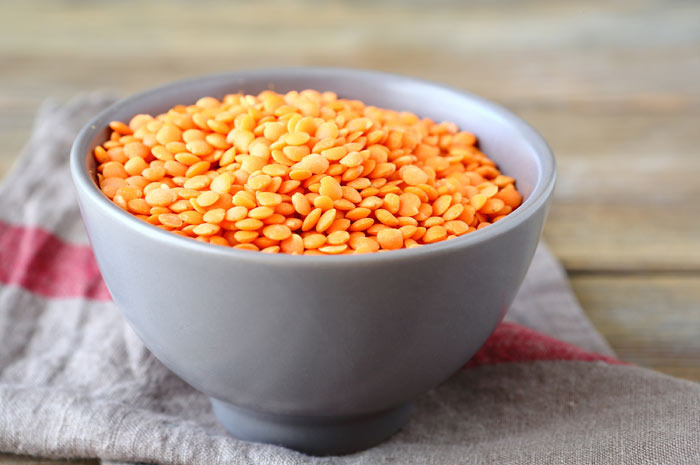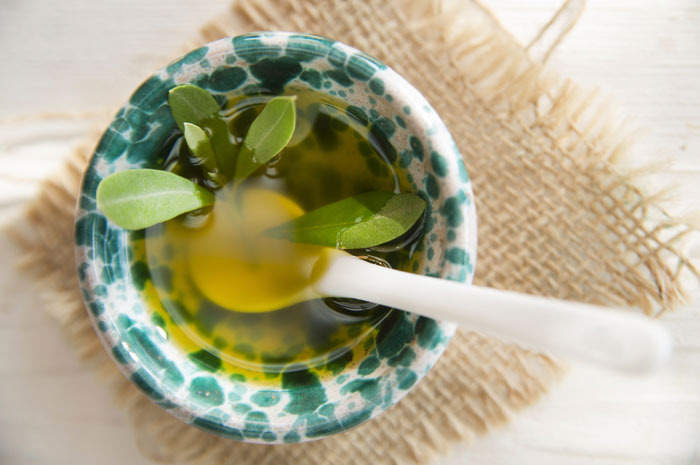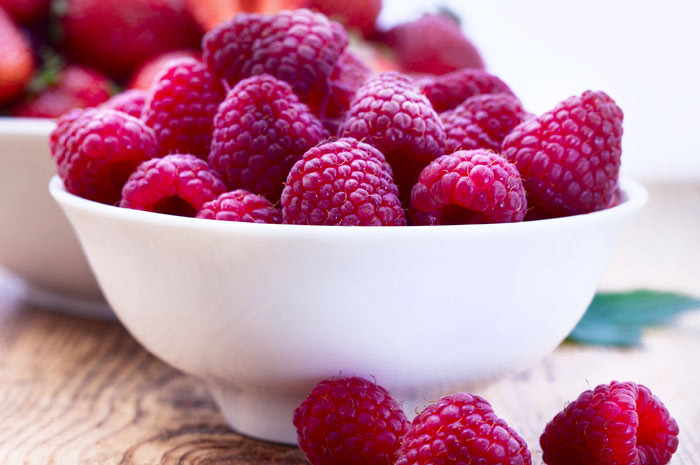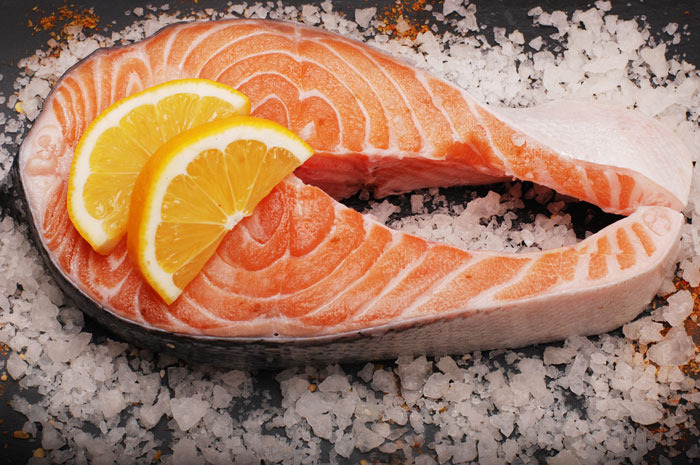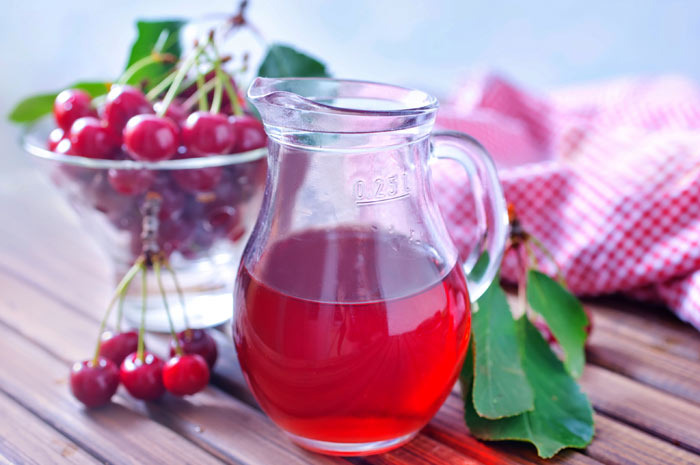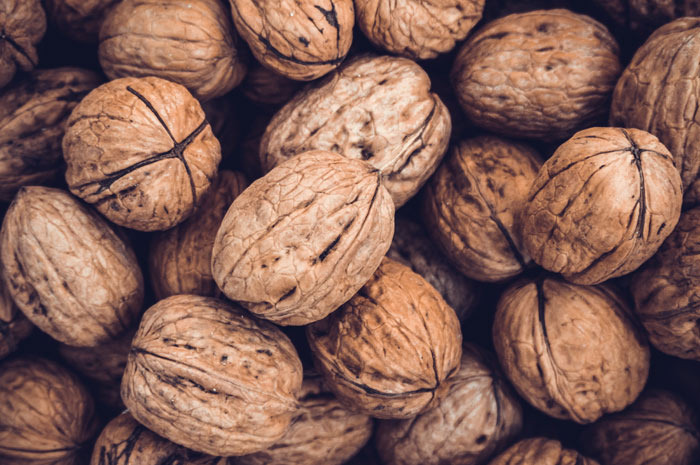Foods That Fight Belly Fat
You can blitz the belly fat by adding these 11 foods to your diet. Here's what the experts have to say about them:
Almonds
"Almonds have protein, fiber, and fat, which can help satiate the tummy, reduce hunger levels, and fill you up so you can potentially eat less later. Fiber makes us feel full and protein helps us feel satisfied. The heart-healthy fat in almonds has been suggested to reduce cholesterol levels. With the combo of the three together (protein, fiber, and fat), almonds are a good food choice for watching your waistline. Take note: just because a food is deemed 'healthy,' it doesn't give a green light to eat as much as you want. A standard portion of almonds is one ounce or about 24 almonds. Portions are still important when trying to lose belly fat. Add almonds to your diet by crushing a few almonds and sprinkling over your salad. Enjoy an easy afternoon snack of almonds and fruit to control hunger levels so that when dinner rolls around, you are ready to eat but not starving. This way you can control your dinner portions better."
Sarah Koszyk
Avocado
"Avocados contain heart-healthy mono-unsaturated fatty acids (MUFAs) and beta-sitosterol, which may assist with lowering cholesterol, inflammation, and even visceral fat. In addition, MUFAs are suggested to help control blood sugars, which can also affect our waistline when they are increased. Avocados are also high in fiber, which helps with feeling full and satisfied after eating. A serving of avocado is two tablespoons. Enjoy a delicious snack of avocado toast. Add avocado over your chili."
Sarah Koszyk
Black Beans
"Individuals who eat plant-based proteins, such as beans, regularly have been shown to have smaller waistlines. Aim to incorporate more black beans into your weekly eating pattern or try swapping out animal protein for beans every so often. Black beans are great as a base to homemade veggie burgers and are a hearty addition to soups and stews. You can also combine black beans with your favorite salsa for a satisfying dip paired with whole grain crackers."
McKenzie Hall
Dark Leafy Greens
"Dark leafy greens like kale, spinach, and collard greens are have both a high fiber and high water content. This means that these greens help keep us full for longer. Their fiber content also aids with digestion and prevents bloating and constipation."
Jackie Topol
Grapefruit
"Grapefruit has long been lauded as a miracle fruit for weight loss. Studies have found that naringin, an antioxidant that gives grapefruit its bitter taste, may help with controlling blood sugar and metabolizing fat that is consumed in the diet. This, in turn, may have some beneficial effect on weight management. The citrus fruit is also 91 percent water so it will keep your belly full. Keep in mind that grapefruit can interact with a number of medications including statins, calcium-channel blockers, and immunosuppressive drugs."
Jackie Topol
Lentils
"Lentils are rich in fiber and protein, which helps satisfy your appetite and keeps your blood sugar steady (no spikes or crashes!). A 2010 study found that people who substituted lentils and whole grains for refined carbohydrates lost weight and had a smaller waist circumference. A half-cup serving of lentils contains eight grams of fiber and nine grams of protein, and only 115 calories and 0 grams of fat."
Jackie Topol
Olive Oil
"Studies have shown that olive oil can increase the feeling of satiety when eaten in a meal, when compared to other fats. In general, fat takes longer to digest than protein or carbohydrates, so it will stay in your stomach longer and likely make you eat less. That being said, you shouldn't start dousing your food in olive oil, as each tablespoon contains 125 calories. Use a small amount in your salad dressings, roasted vegetables, grain dishes, or dips."
Jackie Topol
Raspberries
"Enjoying more high-fiber foods such as raspberries, which have nine grams of fiber per cup, a nutrient associated with lower abdominal fat. Add frozen raspberries, which are available year-round, to your breakfast smoothie for a boost of fiber in the morning. You can also use add thawed and mashed frozen raspberries to whole grain peanut butter toast for a satisfying, high-fiber breakfast or snack."
McKenzie Hall
Salmon
"Salmon is a great source of omega-3 fatty acids. Omega-3s are heart-healthy fats that can help reduce fat storage by lowering cortisol levels. Cortisol is a stress hormone and when we're stressed, cortisol rises in the body, affects our visceral fat (the fat in your abdomen that surrounds your organs), and causes inflammation and insulin resistance, resulting in more belly fat. Aim for three four-ounce servings of salmon a week (that's 12 ounces total). Grill some salmon and add to a salad. Include salmon in a frittata or scramble. Trade your hamburger for a salmon burger."
Sarah Koszyk
Tart Cherries
"Tart cherries contain anthocyanins, which are antioxidants that can reduce inflammation. Tart cherries have been suggested to alter abdominal adiposity in rats, according to a study published in the Journal of Medicinal Food. Therefore, tart cherries can possibly assist with reducing belly fat and decreasing inflammation. Eat tart cherries whole (these are different that the pitted cherries typically consumed from the produce department) or drink the juice. A serving of tart cherry juice is four ounces. Make sure the juice doesn't contain any preservatives or added sugars and is just 100-percent juice."
Sarah Koszyk
Walnuts
"Eating as little as a quarter-ounce of tree nuts daily, such walnuts, has been linked with lower abdominal fat. Add chopped walnuts to your salads for crunch or stir into your morning bowl of oatmeal for an added boost for protein and heart healthy fat."
McKenzie Hall
